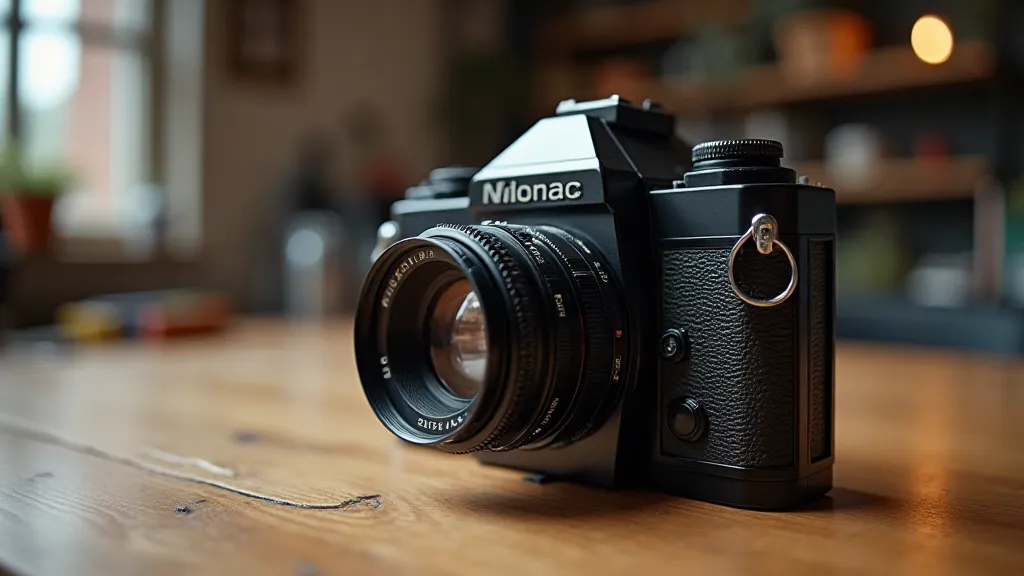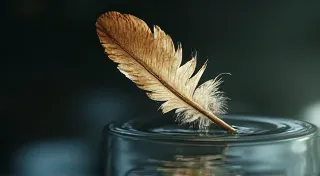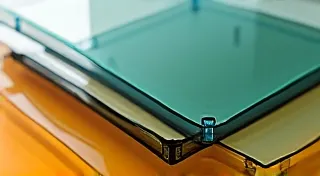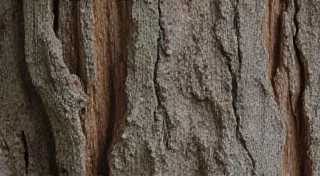Reconstructing Echoes: Repairing Cameras, Reviving Stories
There's a peculiar melancholy that clings to antique cameras. They aren’t merely objects; they are vessels, repositories of moments – laughter frozen in time, landscapes viewed through a specific, long-gone perspective, portraits of people whose lives have since unfolded into history. Picking up a vintage viewfinder, particularly one showing signs of wear and tear, is akin to holding a whispered secret, a fragment of someone else’s story begging to be remembered. And, as it turns out, the meticulous act of restoring them offers a surprisingly direct parallel to the art of writing itself – a process of careful excavation, patient revision, and ultimately, breathing life back into something that had fallen silent.
My own journey into camera restoration began not with a grand ambition but with a quiet fascination. My grandfather, a man of few words but a keen eye for detail, had a box filled with old cameras. Most were beyond repair, but a Kodak Brownie Six, its bellows cracked and its viewfinder clouded, whispered a promise of rediscovery. I remember the smell of dust and aging leather, the weight of the metal in my hands. It felt less like restoring a camera and more like excavating a memory.
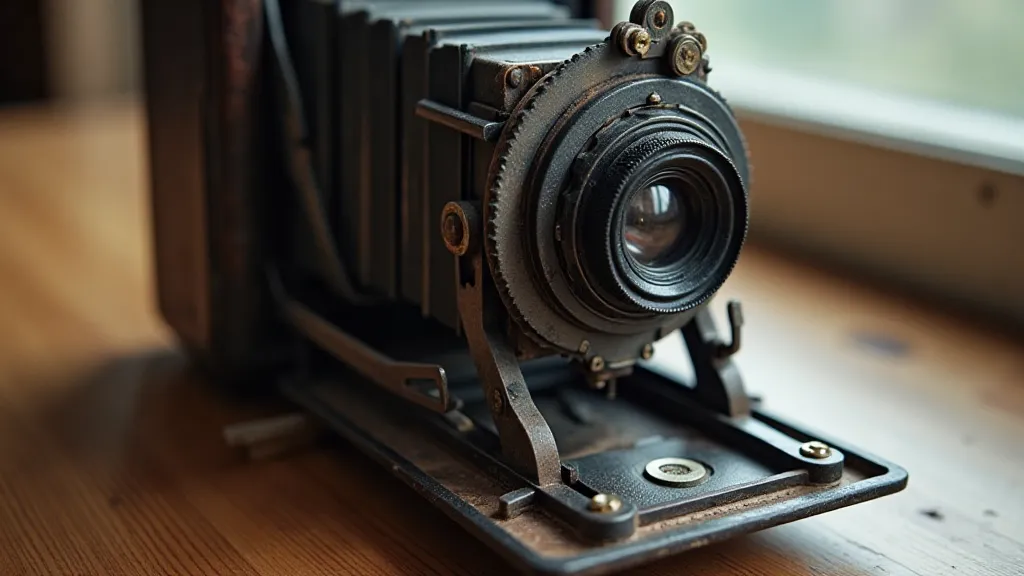
The Photographer’s Perspective: Viewfinders and Their Stories
The viewfinder, that often-overlooked window to the world, holds a particularly poignant significance. It’s the photographer's direct connection to the scene, dictating composition, perspective, and ultimately, the narrative captured. A clouded or damaged viewfinder obscures not just the image, but also the photographer's intent. Imagine a landscape photographer unable to clearly see the breathtaking vista before them, or a portrait photographer losing connection with the subject's expression. It's a profound loss.
Historically, viewfinders evolved alongside camera technology. Early cameras often relied on simple pinhole viewfinders, offering limited accuracy. As cameras became more sophisticated, so did the viewfinders – ranging from optical brighteners to elaborate rangefinders and coupled viewfinders that precisely aligned the viewfinder with the lens, crucial for accurate focus in larger format cameras. Each type reflects a different understanding of photographic capture and a different relationship between the photographer and the world.
The Parallel with Narrative Revision
The process of restoring a viewfinder – painstakingly cleaning optics, replacing bellows, and repairing intricate mechanisms – mirrors the work of a writer meticulously revising a manuscript. Just as a camera's internal components are intricately linked, so are the sentences and paragraphs of a story. A single, faulty component can throw off the entire function, just as a poorly written sentence can derail an entire narrative.
Think of a first draft as a chaotic collection of potential moments – a flurry of ideas and observations. It's brimming with possibilities, but lacks focus and clarity. Restoring a viewfinder often involves dismantling it completely, examining each part, and then reassembling it with a renewed understanding of its purpose. Similarly, writing often requires a brutal honesty – a willingness to cut, rewrite, and restructure entire sections to achieve a coherent and compelling narrative. It’s about recognizing the underlying potential and refining it into something truly resonant.
Often, the most rewarding restorations come from the most damaged pieces. These are the cameras that have endured the most, bearing witness to countless moments and carrying the scars of time. Their restoration isn't just about returning them to working order; it's about honoring their history, acknowledging their resilience. It's the same with writing – it's often in the seemingly insurmountable challenges that the most powerful stories emerge. A flawed narrative, patiently reworked, can become a testament to perseverance and creative vision.
Technical Considerations: A Gentle Touch
Restoring a vintage viewfinder isn't about aggressive repair. It’s about gentle intervention, preserving as much of the original material as possible. Cleaning optics requires specialized solvents and techniques to avoid scratching or damaging the delicate coatings. Replacing bellows is a delicate task, demanding precision and patience. The guiding principle is always respect for the camera's original design and construction. Rushing the process or using inappropriate methods can cause irreparable damage.
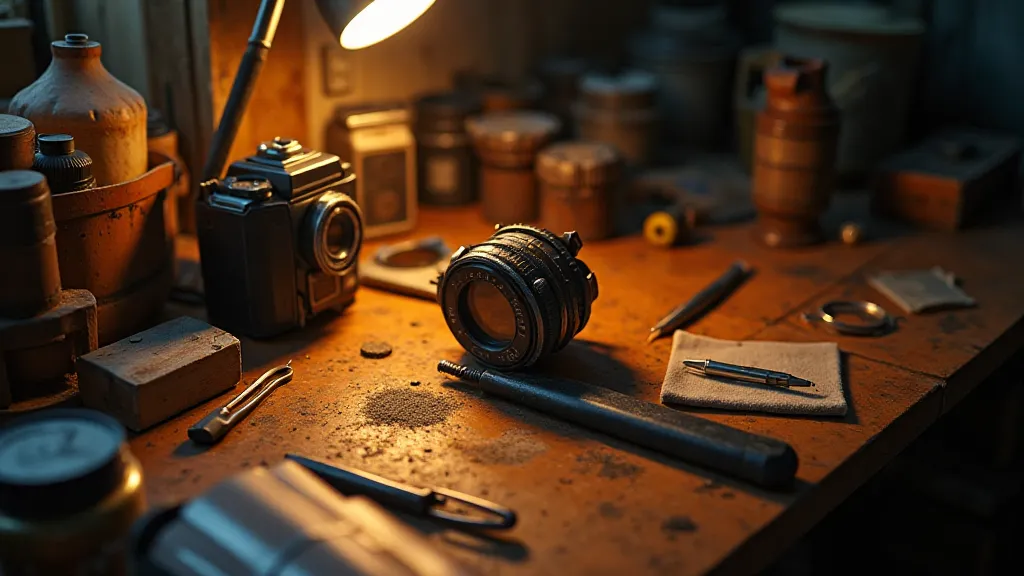
Similar caution applies to writing. Rushed revisions, driven by a desire for instant gratification, can often do more harm than good. True revision requires distance – a period of reflection that allows you to see your work with fresh eyes. It demands a willingness to challenge your own assumptions and to embrace the uncomfortable truth that some of your favorite passages might need to be cut.
Beyond Functionality: The Aesthetic Reward
A restored viewfinder isn’t simply a functional component; it’s a piece of art. The clarity of the optics, the precision of the mechanisms, the overall aesthetic – all contribute to a sense of quiet beauty. It’s a reminder of a time when craftsmanship was valued above mass production, when objects were made to last. And there's a profound satisfaction in knowing that you’ve played a part in preserving that legacy.
The same is true of a well-crafted story. It's more than just a collection of words; it’s an experience, a journey that lingers in the reader's mind long after they’re finished reading. It's a testament to the power of language to connect, to inspire, and to illuminate the human condition.
Holding a fully restored viewfinder, seeing the world through its clear and precise lens, feels like reconnecting with a lost perspective. It's a tangible link to the past, a reminder that even the most damaged objects can be brought back to life with care, patience, and a deep appreciation for their inherent value. And that, perhaps, is the most valuable lesson of all – both for the camera restorer and the writer.
